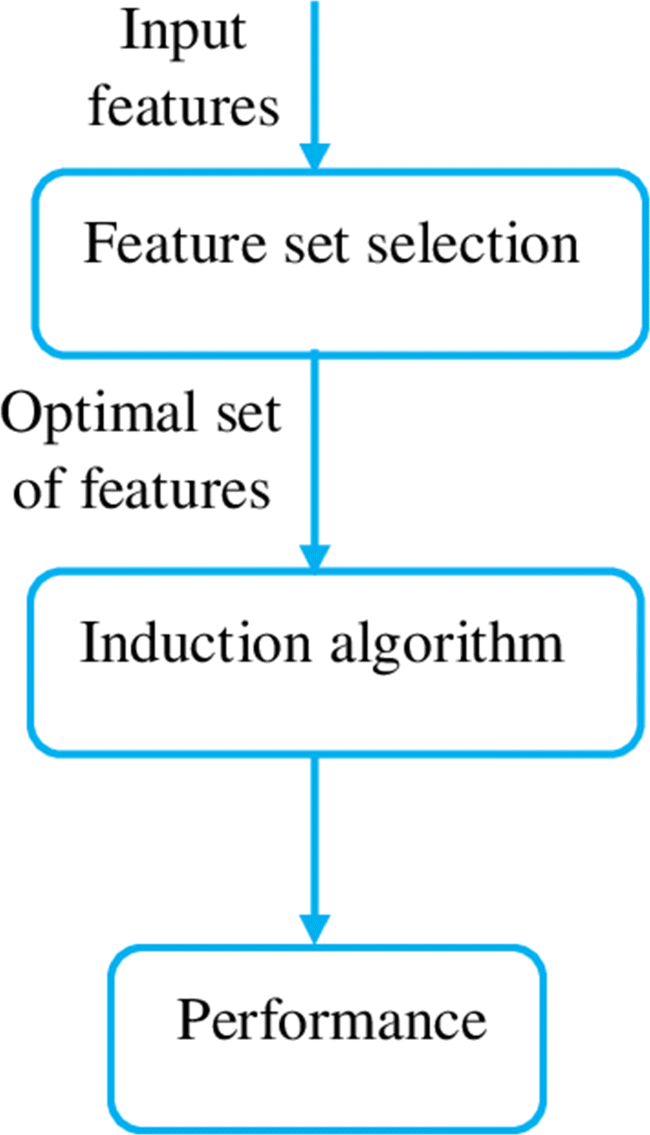

The distribution of positions is described as 8,9:

The location of the tip of the appendix is much more variable, especially as the length of the appendix has an extensive range (2-20 cm) 9. This relationship is maintained even when the cecum is mobile. The location of the base of the appendix is relatively constant, located roughly between the ileocecal valve and the apex of the cecum. Once confidently identified, assessing its normality is relatively straightforward.įecal loading of the cecum is associated with acute appendicitis, which is uncommon in other acute inflammatory diseases of the right side of the abdomen. One of the biggest challenges of imaging the appendix is finding it.
Crohn disease or other rare causes, e.g. in children, clinicians sometimes use other scores such as a PAS or pARC score 3 for the same purposeĪppendicitis is typically caused by obstruction of the appendiceal lumen, with the resultant build-up of fluid, suppurative inflammation, secondary infection, venous congestion, ischemia and necrosis. Several clinical prediction and decision scores (rules) have been developed to improve diagnostic accuracy and reduce the rate of negative appendectomies, some of which are in routine clinical use:  left iliac fossa (rare), found in patients with a long appendix, intestinal malrotation, situs inversus and those with a mobile cecum. right upper quadrant pain (subhepatic appendicitis) 22. groin pain - appendix within an inguinal hernia ( Amyand hernia) or a femoral hernia ( De Garengeot hernia).
left iliac fossa (rare), found in patients with a long appendix, intestinal malrotation, situs inversus and those with a mobile cecum. right upper quadrant pain (subhepatic appendicitis) 22. groin pain - appendix within an inguinal hernia ( Amyand hernia) or a femoral hernia ( De Garengeot hernia).  pelvic pain, diarrhea, and tenesmus (pelvic appendix). right lower quadrant tenderness over appendix (i.e. It also relies on the appendix being in a 'normal' position, which is not the case in a significant number of cases (see below). This progression is only seen in a minority of cases and is unhelpful in children who often present with vague and non-specific signs and symptoms. The classical presentation consists of periumbilical pain (referred) which within a day or later localizes to McBurney point with associated fever, nausea, and vomiting 2.
pelvic pain, diarrhea, and tenesmus (pelvic appendix). right lower quadrant tenderness over appendix (i.e. It also relies on the appendix being in a 'normal' position, which is not the case in a significant number of cases (see below). This progression is only seen in a minority of cases and is unhelpful in children who often present with vague and non-specific signs and symptoms. The classical presentation consists of periumbilical pain (referred) which within a day or later localizes to McBurney point with associated fever, nausea, and vomiting 2.








 0 kommentar(er)
0 kommentar(er)
